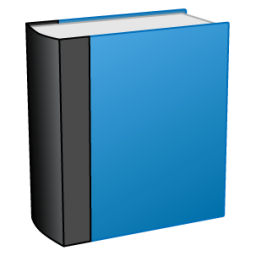In the present study, the air-overpressure (AOp) due to mine blasting is predicted using an uncertainty intelligence method based on the Z-number reliability and fuzzy cognitive map (FCM). Hence, the causeand- effect relationship between effective parameters on AOp was first determined by a team of experts. But, expert opinions are accompanied by uncertainty. Therefore, Z-number concept is used to solve the uncertainty of expert opinions and improve views. Notably, the relationships dependent on expert opinions. To overcome this problem, two learning algorithms called nonlinear Hebbian (NLH) and differential evolution (DE) algorithms integrated to decrease the dependence on experts’ views. An FCM based on NLH-DE and reliability information was first designed; then inputs’ weights were extracted during several simulations in training process. The reliability inputs’ weights were imported into back-propagation causality-weighted neural networks (BPCWNNs). The coefficient of determination (R2), root mean square error (RMSE), variance account for (VAF), and accuracy indices were employed as evaluations criteria to select the optimal topology of artificial neural networks (ANNs). Back propagation neural network (BPNN) and generalized feed forward neural network (GFFNN) models were also used to compare and analyze the performance of the developed BPCWNNs model. The results indicated that Z-number considerably improved the accuracy of the ANN model. Notably, the model assessment revealed that the proposed BPCWNNs model was accurate compared to the BPNN and GFFNN and selected as the most superior model. The BPCWNN is the model with high performance which can be used as an artificial intelligence technique for predicting blast-induced AOp.
کلید واژگان :Air-overpressure, Blasting operation, Neural networks, Fuzzy cognitive map, Z-number
ارزش ریالی : 500000 ریال
با پرداخت الکترونیک
جزئیات مقاله
- کد شناسه : 10168201035431605
- سال انتشار : 2022
- نوع مقاله : پذیرفته شده در مجلات Scopus ,ISI با IF≥4
- زبان : انگلیسی
- محل پذیرش : Engineering Applications of Artificial Intelligence
- برگزار کنندگان :
- ISSN : 0952-1976
- تاریخ ثبت : 1402/01/31 21:35:54
- ثبت کننده : سیّدشهاب حسینی
- تعداد بازدید : 201
- تعداد فروش : 0
